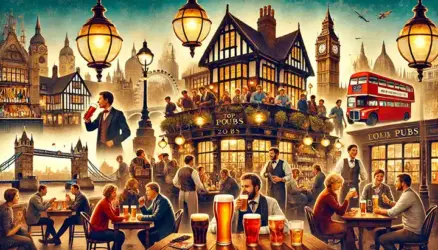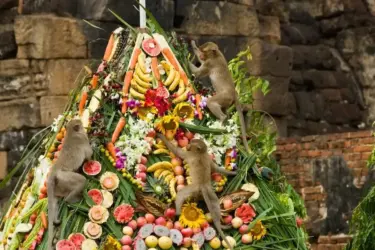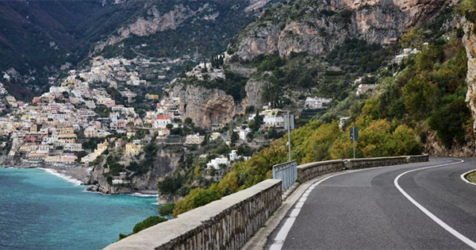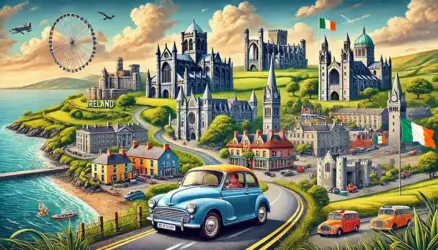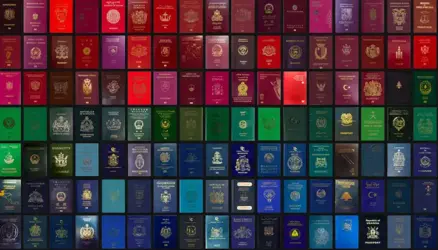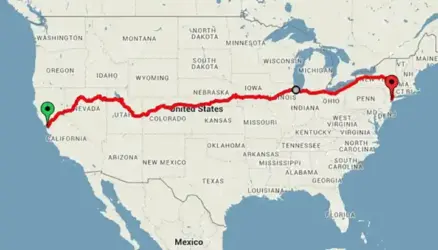How do Asians celebrate Christmas?
During the upcoming holiday season, we’ll look at how Christmas is perceived in Asian countries. Is this a big celebration or just a commercial festival? Is it common to exchange gifts? What part does Santa play in Asian holidays? We’ll go over all of that and more!
There are a few countries that have made Christmas an official holiday, but for the most part, it is a secular event rather than a religious one. However, in major Asian cities, you can frequently see lavish Christmas decorations, hear Christmas carols, and even meet Santa Claus (or a variation of his). After all, this is a Western holiday that plays a significant role in Asian marketing — big shopping malls don’t pass up the opportunity to introduce various sales and events during these occasions.
Celebrations in Japan

Because Buddhism and Shinto are the main religions in Japan, Christmas is more of a commercial event that Japanese people celebrate for fun. Adults typically give their children gifts on Christmas Eve rather than on Christmas Day. When it comes to traditional Christmas foods, Japanese people eat a lot of fried chicken, which is why restaurants like KFC allow people to place orders ahead of time. Christmas cake, particularly strawberry shortcake, is also popular in Japan at this time of year.
Korean Christmas

Christmas is more widely observed in South Korea, where Christians account for approximately 30% of the population. Although it is an official public holiday, Koreans return to work on the 26th of December. Money and gift cards are exchanged as gifts. The festive spirit is in full swing, with the streets decked out in Christmas lights and decorations. The so-called Christmas cake — a sponge cake with a lot of cream and fruits — is a popular Christmas treat in Korea. Santa Haraboji (산타 할아버지) or Grandfather Santa, who is usually dressed in blue, is a common sight.
Christmas celebrations in the Philippines

Christmas is well and loudly celebrated in the Philippines, where approximately 90% of the population is Christian. Official Christmas celebrations begin on December 16th, but you may begin hearing Christmas carols as early as October. The “parol” — a bamboo lantern with a lighted star on it, representing the star that guided the Wise Men — is a traditional decoration in that country. Most people stay up all night on Christmas Eve until Christmas Day, with Christians attending “Simbang Gabi” (Christmas Eve mass), followed by Noche Buena (a midnight feast).
Vietnamese Christmas traditions

Even though only a small percentage of the Vietnamese population is Christian, the Vietnamese celebrate Christmas, especially on Christmas Eve. On Christmas Eve, young people crowd Nguyen Hue Avenue in Ho Chi Minh City to watch a light show. People gather around St. Joseph Cathedral in Hanoi to do the same. To celebrate, they throw confetti around, in addition to enjoying the colorful light shows and Christmas decorations.
Thailand and the holiday season

Thailand, like Vietnam, has a small Christian population. Despite this, many Thais (particularly in Bangkok) celebrate Christmas at a nice, usually outdoor restaurant if the weather permits, or at home, with decorated Christmas trees and gift exchanges among friends and family. Most department stores also go above and beyond in their decorations, competing with one another by running sales and constantly promoting them until the new year arrives.
The Chinese New Year and China

Because Christmas is not an official holiday in China, most people work as usual on those days. Recently, the western concept of celebrating Christmas has gained popularity among the Chinese, and as a result, they have begun to celebrate for fun. Shopping malls incorporate the Christmas theme into their sales and events, and you can see amazing decorations, particularly in major cities. It’s customary to give colorful cellophane-wrapped apples as a Christmas gift. As it turns out, the words for apple 苹果 (Png Gu) and Christmas Eve 平安夜 (Ping’an Ye) sound nearly identical.
All of this, however, is just a buildup to the Chinese New Year, also known as the “Spring Festival.” It is without a doubt China’s most important festival and holiday season. Putting up decorations, eating reunion dinner with family members on New Year’s Eve, setting off firecrackers or fireworks, and giving out red envelopes and other lucky items that are usually colored red are the main activities during the Chinese New Year.





